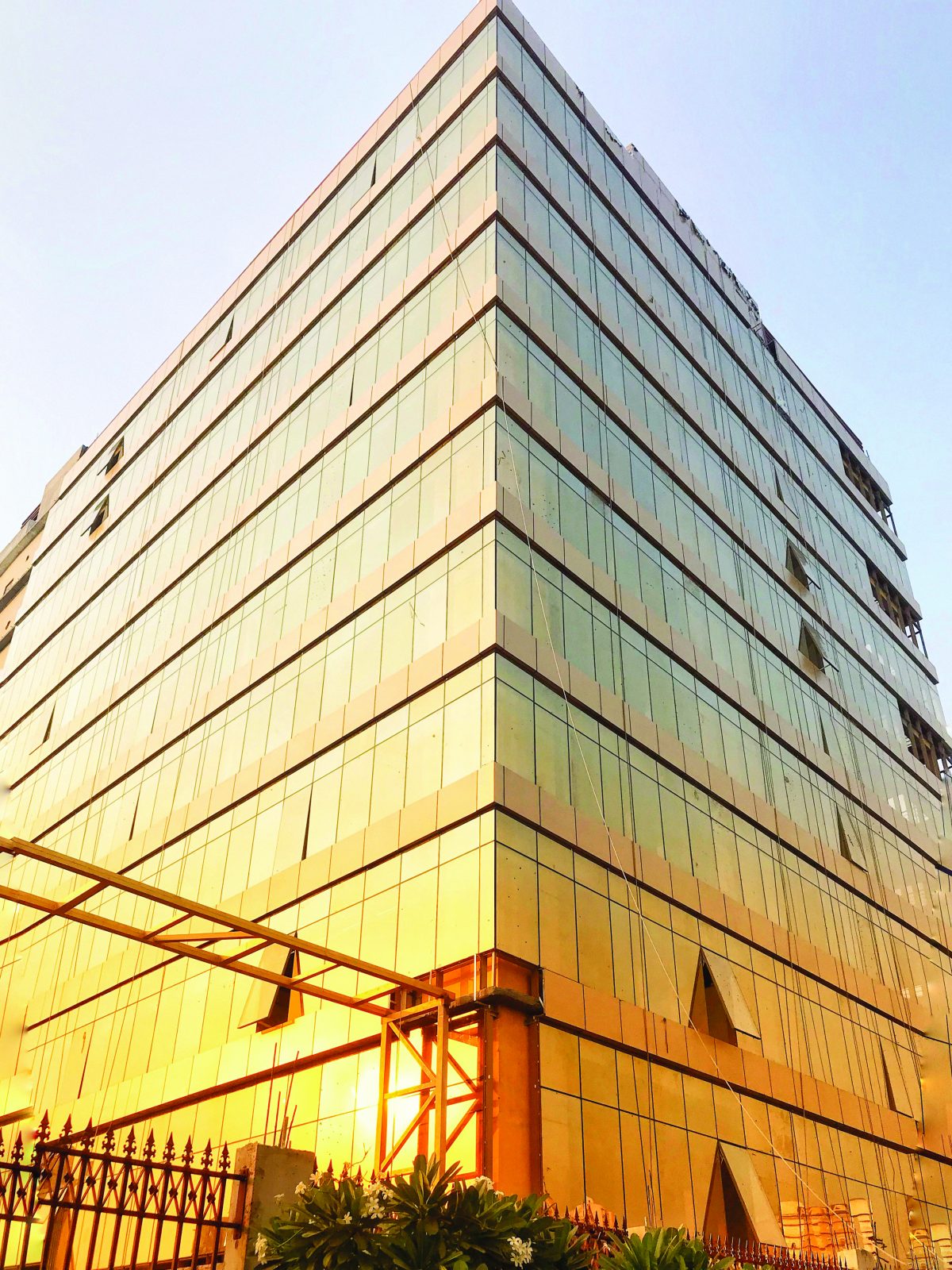In today’s time, the market is flooded with different kinds of glasses, all offering different levels of efficiency while being aesthetically pleasing. Two of the leading contenders in this category are the float glass and the Low-E glass(low-emissivity) glass. Both have equally unique features, benefits and applications. Hence, choosing between the two can be challenging.
In this blog, we will explore the two’s uniqueness and use cases while comparing them to determine which one is better.
What Is Float Glass?
Float Glass is a super smooth, distortion-free material used to design other glass products, such as laminated glass and heat-toughened glass. Hence, it is often referred to as the “mother of all glass.”
Features of Float Glass
- Durability: Float glass is highly durable because it is treated in ovens to increase its strength and durability. Although it is the same thickness as regular glass, it is far more efficient. The glass’s superior density makes it an ideal choice for designing the interiors and exteriors of your house.
- Environment-friendly: Float glasses can keep indoors cool during the hot summer months by regulating the temperature. This reduces energy bills, as you have to rely less on-air conditioners for cooling relief.
- Smooth Surface: The floating process results in an even, smooth surface.
- Versatility: The properties of float glass allow it to be moulded into designs of varying thicknesses, shades and sizes, making it suitable for achieving your desired aesthetics.
Uses
- Used as facades on skyscrapers in the city to give it a glistening and glazing look.
- Made for making wall panels in residential or working spaces for much-needed vibrancy or a splash of colour.
- Tabletops and cabinet doors are also made of float glasses. Not only does it make the house look prettier, but using float glasses also makes your tabletops and cabinets sturdier and more durable.
What Is Low-E Glass?
Low-E glass is an energy-efficient glass that is designed to reflect heat and reduce thermal transfer. It features a thin metallic coating that allows light to pass through while blocking ultraviolet(UV) and infrared(IR) rays.
Features of Low-E Glass
- Minimises heat gain and heat loss during the hot summer and winter months, respectively.
- Prevents the harmful rays of the sun from entering your space.
- Low-E coatings come with various coating options based on the climate and application.
- Reduces reliance on heating and cooling systems, lowering carbon emissions.
Uses
- Used in windows to reduce heat transfer,
- Used in both commercial and residential buildings to enhance insulation, improve comfort, and increase energy efficiency.
- Low-E glass is used in greenhouses to help regulate temperature and humidity.
Float Glasses Vs Low-E Glass
| Parameters | Float Glass | Low-E Glass |
| Energy Efficiency | No significant thermal insulation or energy-saving benefits | Reflects heat and reduces thermal transfer and minimised energy consumption |
| UV Protection | Does not block UV rays | Blocks UV rays |
| Cost | Affordable and easily available | Expensive due to multiple coatings but offers savings in the long term |
| Durability | It can be brittle if unprocessed | Typically available as tempered glass, offering enhanced strength and safety |
| Aesthetic appeal | Clear and smooth, providing a natural look, ideal for most designs | It may have a slightly reflective or tinted appearance |
| Customisation | It can be tinted, frosted or laminated for various purposes | Available in different coatings for various climatic regions |
| Environmental Impact | Natural; does not contribute or take away much from the environment | Eco-friendly, reduces energy consumption and carbon footprint |
| Common Use Cases | Indoor partitions, mirrors, tabletops, retail shelves, and interior doors. | Energy-efficient residential windows, commercial building facades, and UV-protected spaces. |
Conclusion
When deciding between float glass and Low-E glasses for your project, choose the one that is appropriate for your requirements and budget. If you are looking for versatility on a budget, consider buying float glasses. However, if you are looking for glass that provides UV ray protection, energy efficiency, and more, then Low-E glasses will serve you well in the long run.
Understanding the features and benefits of both glasses is important to make an informed choice.
At AIS Glass, we indigenously manufacture the best quality glasses using top-notch technology to make sure the material you choose serves on the functional and aesthetic levels.

